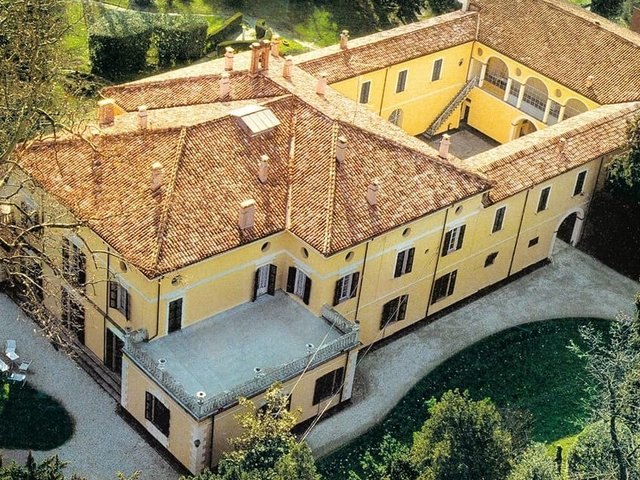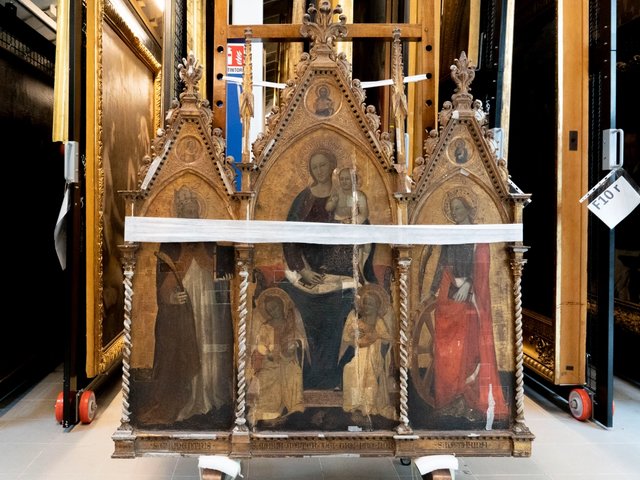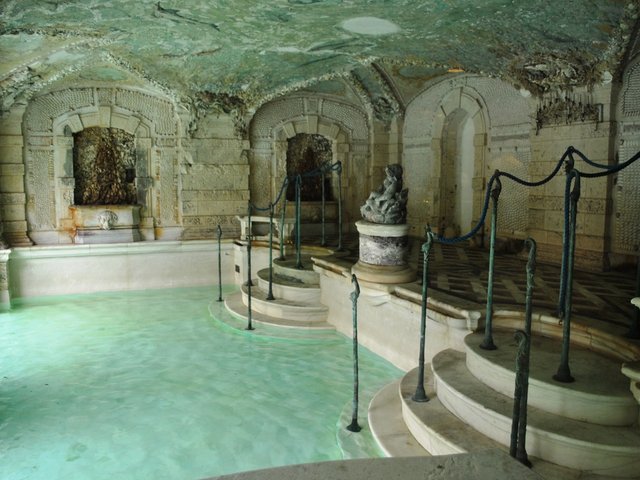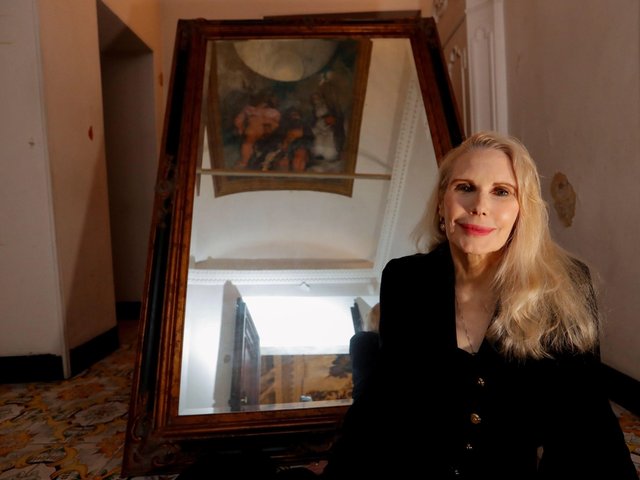Italy’s culture minister has made his first visit to the dilapidated villa where Giuseppe Verdi composed many of his greatest operas, in an effort to demonstrate the government’s commitment to restoring the composer’s long-abandoned residence.
In July, Alessandro Giuli toured a series of Verdi-related sites near Piacenza, including the Villa Sant’Agata in Villanova sull’Arda, where the composer spent 50 years and wrote operas including La traviata and Aida. He was joined by officials from the government, local administration and cultural heritage bodies.
The villa, which once operated as a museum, was closed in October 2022 after Verdi’s heirs—four distant relatives—said they could no longer afford its upkeep. They had hoped to sell the property for €40m, but the state completed its expropriation in February, paying just €8m in compensation and allocating a further €370,000 for urgent restoration. Since then, concerns have grown over the slow pace of work and visible signs of decay.
During his visit, Giuli downplayed the villa’s condition. “The restoration work will be fairly quick, I imagine,” he told reporters from local TV channel Telelibertà Piacenza. “The villa is wonderful and not in particularly critical condition. I believe it will be possible to intervene in a relatively short timeframe.” He added: “It’s not as bad as it seems.”
His remarks were swiftly challenged. Writing on Facebook, La Repubblica’s opera critic Angelo Foletto described them as “difficult to believe”, recalling a visit shortly before the 2022 closure in which he saw a “vile state of general abandonment” and “disastrous” internal decay. He accused the minister of misrepresenting the situation and demanded a concrete restoration plan. “To save what can be saved before it disintegrates,” he wrote, “we need more than the €370,000 promised.”
Verdi purchased the villa in 1848 and moved in with his second wife, Giuseppina Strepponi, three years later. Before it closed, visitors could see original heirlooms including Verdi’s scores, piano, top hat, conducting gloves and personal papers. His library was transferred to the Piacenza state archives in July.
After the heirs announced plans to auction the villa, the government invoked its right of first refusal and budgeted €20m. When the auction failed to materialise, the culture ministry announced in December 2023 that it would seize the property within 180 days.
There is growing alarm about the villa’s physical state, with cracks and visible signs of damp appearing on its external walls. Romano Freddi, Villanova sull’Arda’s mayor, said in an interview with the national broadcaster Rai in July that the terrace had been waterproofed to prevent rain seepage but stated that the home and garden had fallen into “serious disrepair”, adding that “the garden has been reduced to a forest”.
The Gazzetta di Parma newspaper reported that no official updates have been issued on restoration progress, nor on the status of compensation negotiations with the heirs. “It seems there is little desire to communicate,” it wrote, in reference to the culture ministry.
Meanwhile, a legal dispute over the expropriation risks delaying works. While two of Verdi’s four heirs accepted the state’s offer, Maria Mercedes and Angiolo Carrara Verdi refused it, calling the amount insufficient. Gianantonio Belli, a lawyer for the Carrara Verdi family, tells The Art Newspaper that a panel representing the two dissenting heirs, the ministry and the town of Piacenza was meant to determine the final compensation by June. “They then asked for another 90 days to complete the process,” he says.
In December, Senator Marco Croatti of the opposition Five Star Movement filed a parliamentary question urging urgent intervention. “The villa has been closed to the public for almost two years and is falling into increasingly serious disrepair,” he said. “The expropriation amount raises doubts, and fears of potential legal appeals could slow the process further.”
The culture ministry has said the villa’s restoration will be overseen by a consortium of local administrations, including the Emilia-Romagna region and the town of Piacenza, but has not provided further details. It declined to respond to The Art Newspaper’s request for comment.






